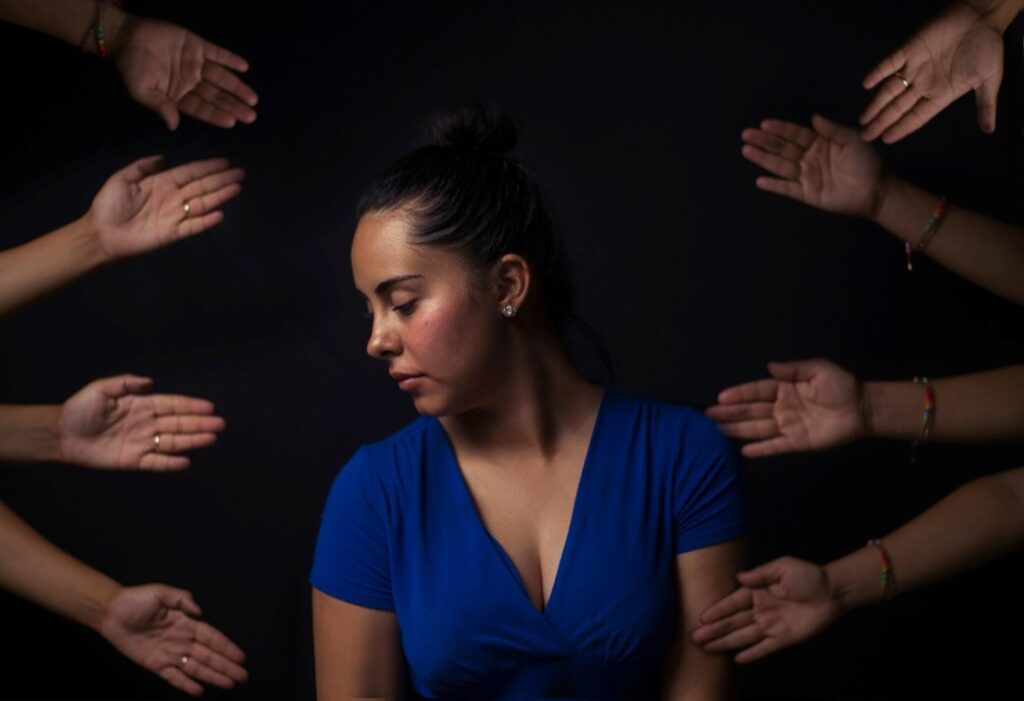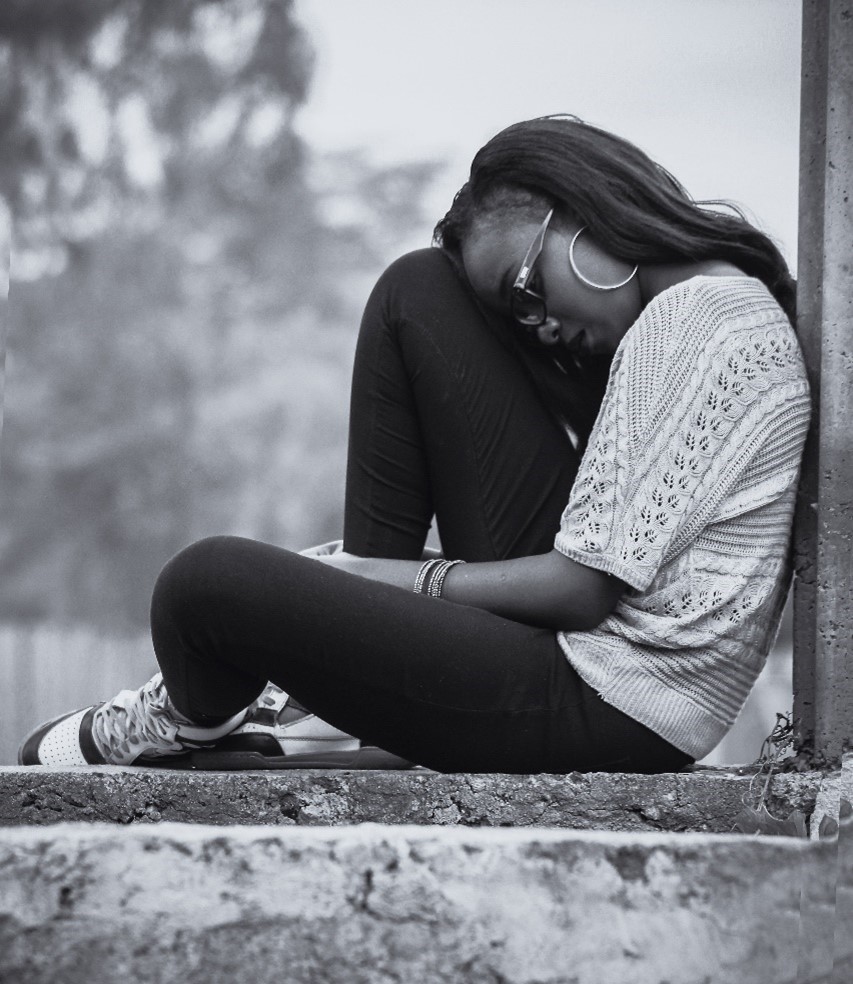
“Fitting in” is a big priority for adolescents. That motivation paired with intense peer pressure makes for a combustible combination.
Peer pressure reaches its peak around 15 years old and usually subsides around 18 when individuals begin to feel more confident about their identities and setting boundaries with peers and friends. However, many middle school and high school experiences are turbulent because of the strong pull of peer pressure in many different forms.
About 85% of high schoolers have experienced some form of social pressure. Because of this, 75% of adolescents have reported having tried alcohol and 70% of teens reported starting a smoking habit. Eva Carlston Academy notes that it’s never an easy environment to navigate but falling prey to peer pressure doesn’t have to be a coming-of-age rite of passage.
Types of Influence
Peer pressure comes in many forms — it can involve everything from being told how to dress to feeling pressured to have sex — but there are six main types.
Spoken influence is arguably the most common form. It is characterized by individuals, or groups of people encouraging someone to take part in some type of behavior. Group influence is usually stronger than that from one individual. The pressure to conform to certain behaviors or trends is considered unspoken sway.
In the realm of peer dynamics, pressure can take various forms. While direct peer pressure is explicit and commands specific behavioral conformity, indirect peer pressure stems from an internal conflict, compelling individuals to align their actions with certain expectations. This internal struggle often speaks volumes about the profound impact of peer influence.
There is also a positive aspect (positive choices and lifestyle decisions), which encompasses a range of uplifting behaviors and lifestyle choices that are fostered and championed by either an individual or a collective group. It involves the promotion of constructive habits, attitudes, and values that contribute to personal growth, well-being, and overall happiness.
Feeling the Pressure
Teenagers face numerous situations where they may feel pressured to conform socially. It’s a stress that is felt more intensely since teenagers are facing situations they probably have never experienced before.
This includes drinking or trying drugs, having sex, stealing, or shoplifting, dressing in a certain way, or driving without a license.
In the realm of peer influence, individuals can find themselves entangled in situations where they feel compelled to distance themselves from specific individuals, or refrain from forming connections with them. These emotionally charged scenarios add a layer of complexity and can be particularly detrimental to those involved.
Many who have experienced peer pressure say it comes with feelings of loneliness and anxiety but can also have a lingering impact. Feeling stress or anxiety, for example, to lose weight, can quickly lead to eating disorders and long-term body image issues.

Tips on Dealing with Social Influence
Successfully navigating peer pressure relies on knowing oneself and trusting one’s gut. The old strategy remains true: If something doesn’t feel right, it probably isn’t. Follow those instincts.
That goes hand-in-hand with thinking about the consequences of one’s actions. Will there be trouble stemming from the situation, perhaps being suspended from school, or grounded at home? Thinking about the lifestyle impacted can be effective deterrents.
One of the best approaches is understanding that saying “no” is OK, especially to requests or suggestions that make someone uncomfortable or unsure. If it’s easier, making an excuse to leave a situation often works well. Others rely on busying themselves with something positive they enjoy, such as gardening, reading, or playing sports.
Some find it best to avoid certain situations or environments where peer pressure has been experienced before. Handling such situations is often easier after talking about it with trusted allies, such as parents, friends, or mentors, since this experience can be very isolating.
A school counselor or professional therapist can also offer good advice on how to deal with certain peer pressure situations but having just one friend also say “no” to peer pressure makes a very big difference.
Developing Resilience
Navigating peer pressure is never easy, especially when it is subtle. A friend may, without words, pressure another friend to do something they aren’t comfortable with.
That’s why teenagers need to be surrounded by positive influences, develop a strong sense of self, and solidify the values likely to guide the rest of their lives.



